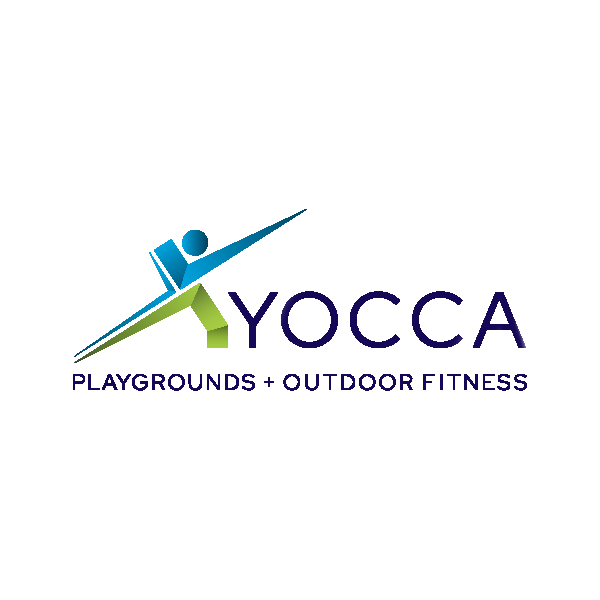
The Psychology Behind Effective E-Commerce Website Design
July 3, 2025
How Paid Search Advertising Integrates with Retargeting and Display Campaigns
July 16, 2025Bounce rate is one of the most critical metrics for understanding user engagement on your website.
It refers to the percentage of visitors who land on a page and then leave without clicking through to any other part of the site. A high bounce rate can indicate that something is wrong, whether it’s a technical issue, a design flaw, or content that doesn’t resonate with your audience.
For small business owners, reducing bounce rate is essential. Not only does it improve user satisfaction, but it also contributes to better SEO rankings and increases the likelihood of conversion. Let’s explore how website optimization plays a central role in reducing bounce rates and keeping users engaged.
1. What’s considered a good or bad bounce rate?
While bounce rate benchmarks vary depending on the type of website and industry, there are general guidelines that can help set expectations. A bounce rate between 26% to 40% is considered excellent. Rates between 41% to 55% are average, and anything in the range of 56% to 70% is typically considered high. However, some industries, such as blogs and news websites, may naturally see higher bounce rates due to the nature of their content.
On average, websites across all industries experience a bounce rate of around 47%. Small business owners need to compare their bounce rate to others within the same industry to get a realistic sense of performance. Still, no matter your starting point, effective web optimization can help move that number in the right direction.
2. How does page speed influence bounce rate?
Page speed is one of the first things users notice when they visit a site. These days, people expect near-instant loading. If a website takes too long to load, visitors are more likely to exit before interacting with any content. Google has reported that when page load time increases from one second to three seconds, the probability of a user bouncing goes up by 32%.
This makes page speed essential to website optimization. Compressing large images, enabling browser caching, and using a content delivery network (CDN) can all contribute to faster load times. For small business owners, investing in a technically sound, fast-loading site is not just about convenience. It’s about retaining potential customers.
3. Why is mobile optimization so important?
The share of web traffic from mobile devices continues to grow. Many small business websites now see more than half of their traffic coming from smartphones or tablets. Despite this, not all sites are fully optimized for mobile users. Poor mobile experiences, such as layouts that don’t adjust to screen size or menus that are hard to tap, can quickly lead to increased bounce rates.
Mobile-first design is a key principle in web optimization. It ensures that pages are responsive, navigation is simple, and interactions are seamless, regardless of the device. A visitor who can quickly find what they need on a mobile site is far more likely to stay, engage, and convert.
4. How does content layout and relevance keep visitors on your site?
Even the fastest and most mobile-friendly website will struggle if the content is poorly structured or irrelevant to the user’s intent. Content layout plays a major role in how easy it is for users to scan and absorb information. Large blocks of unbroken text, unclear headings, or a lack of visual hierarchy can make pages difficult to read.
Optimizing content starts with understanding what your audience is looking for and delivering it in a way that’s easy to digest. Clear headlines, compelling calls to action, and relevant internal links guide the user through the site. When content matches user expectations and intent, bounce rates naturally decline.
Website optimization in this context involves both technical and editorial improvements. Updating outdated information, refining formatting, and tailoring content to meet real-time search intent are all steps that help maintain user interest.
5. What optimization strategies can help lower bounce rates?
Reducing bounce rate through web optimization involves a mix of performance upgrades, design enhancements, and content adjustments. Improving load times by compressing images and leveraging browser caching is one part of the puzzle. Ensuring mobile responsiveness with flexible layouts and intuitive navigation also plays a critical role.
Another aspect is tweaking content to be more engaging and relevant. This includes making sure the value proposition is clearly communicated, using formatting that supports readability, and aligning each page with a specific user need.
Analytics tools like Google Analytics can help identify which pages have the highest bounce rates. Once identified, these pages should be evaluated for load times, mobile usability, and content clarity. A/B testing and heatmaps can provide additional insights into how users interact with different elements, allowing for further refinements.
By approaching website optimization as a continuous process, rather than a one-time fix, small business owners can steadily improve their bounce rates and create a more effective digital presence.
Frequently Asked Questions
Below are some additional questions to consider:
How do I find out my current bounce rate?
You can find your website’s bounce rate using analytics platforms like Google Analytics. It’s usually displayed under the “Audience Overview” or “Behavior” sections. This metric can be tracked by page, traffic source, or device type.
Does bounce rate affect my search engine rankings?
While Google does not directly use bounce rate as a ranking factor, a high bounce rate often correlates with poor user experience, which can negatively influence your SEO performance. Signals like time on site and interaction levels carry more weight.
Can video content help lower bounce rates?
Yes, video content can engage visitors more effectively and encourage them to stay on a page longer. This contributes to reduced bounce rates, especially if the video is relevant and positioned prominently within the content.
Website optimization is key to reducing bounce rates
First impressions matter more than ever. A user who experiences delays, confusion, or irrelevance is likely to leave within seconds. Web optimization ensures that every part of the user journey, from the moment the page loads to the final scroll, is smooth, relevant, and valuable.
For small business owners, this can mean the difference between losing a visitor and gaining a customer. A well-optimized website not only improves bounce rates but also supports SEO efforts, enhances brand credibility, and increases conversion rates. Investing in ongoing web optimization is not just a best practice. It’s a business necessity.
Get in touch with website design and development services today.

